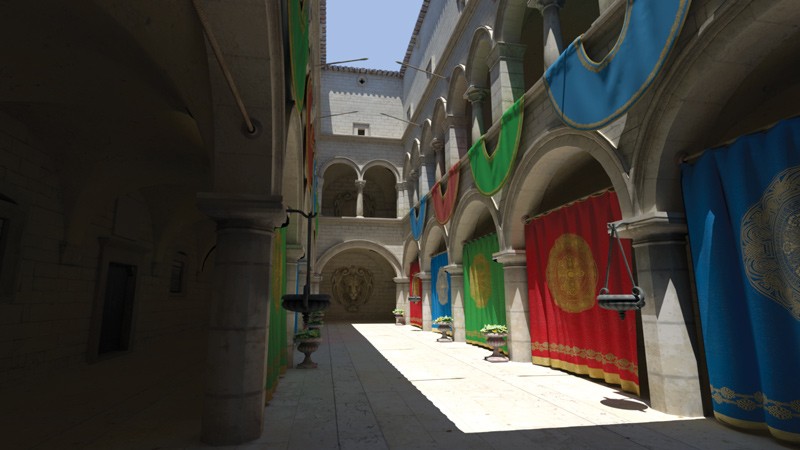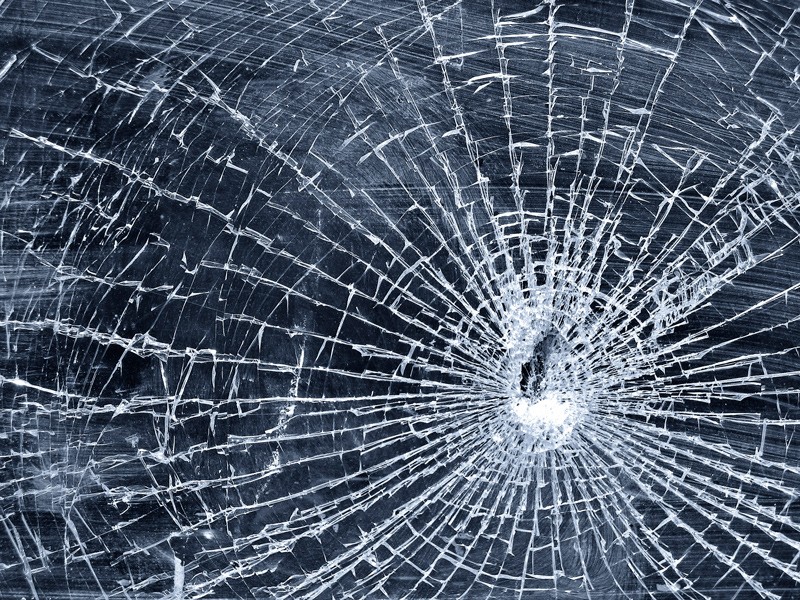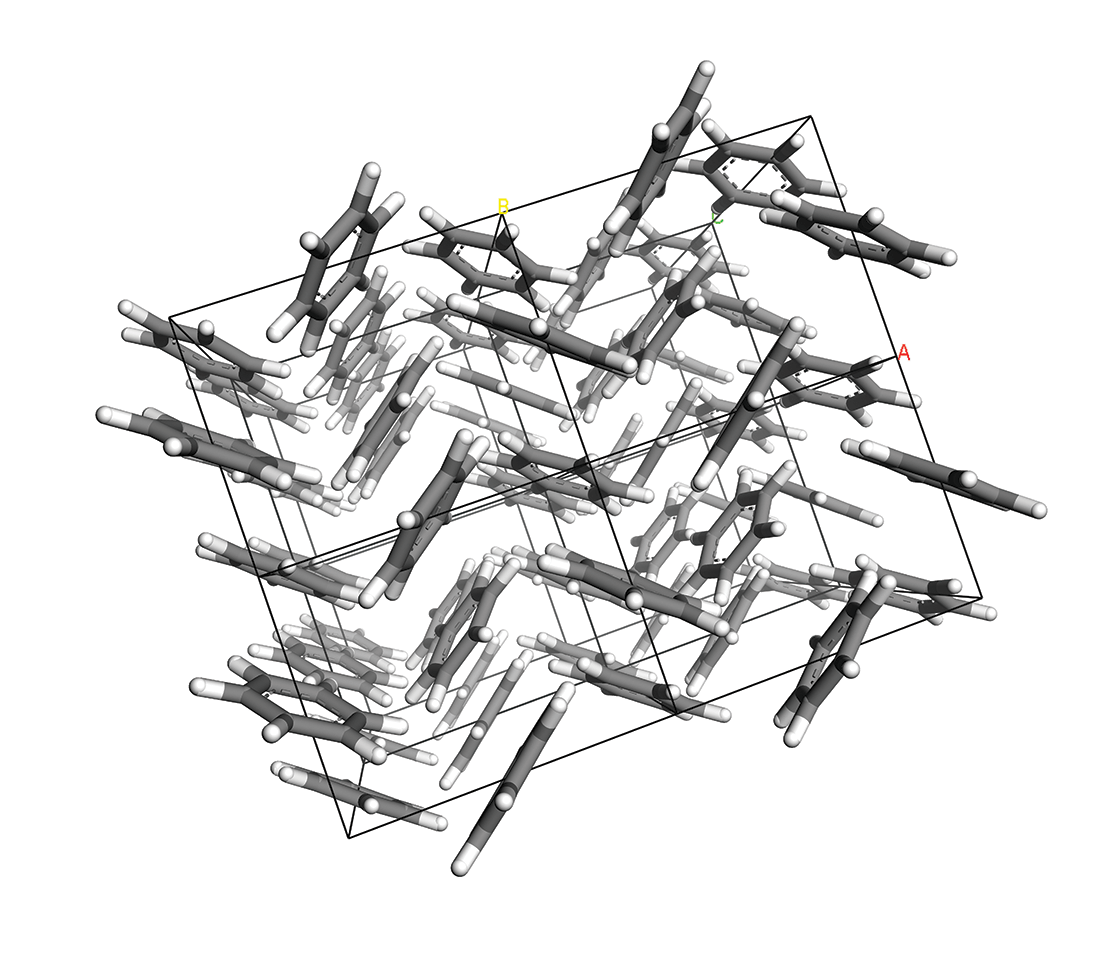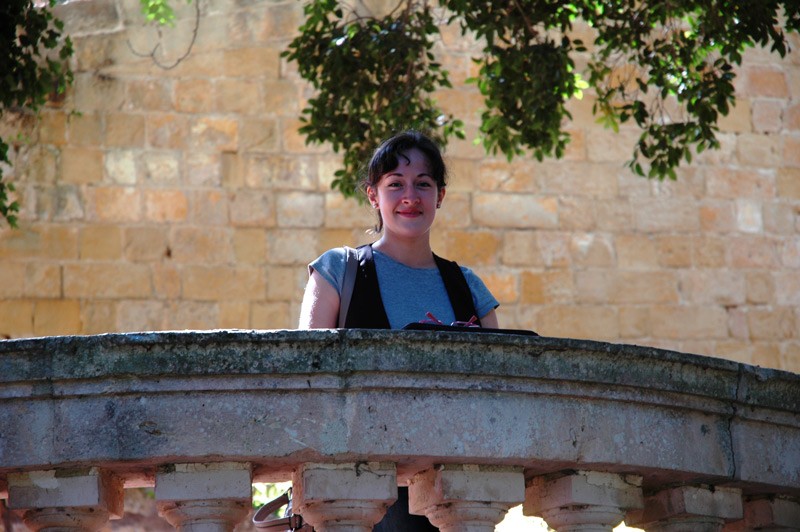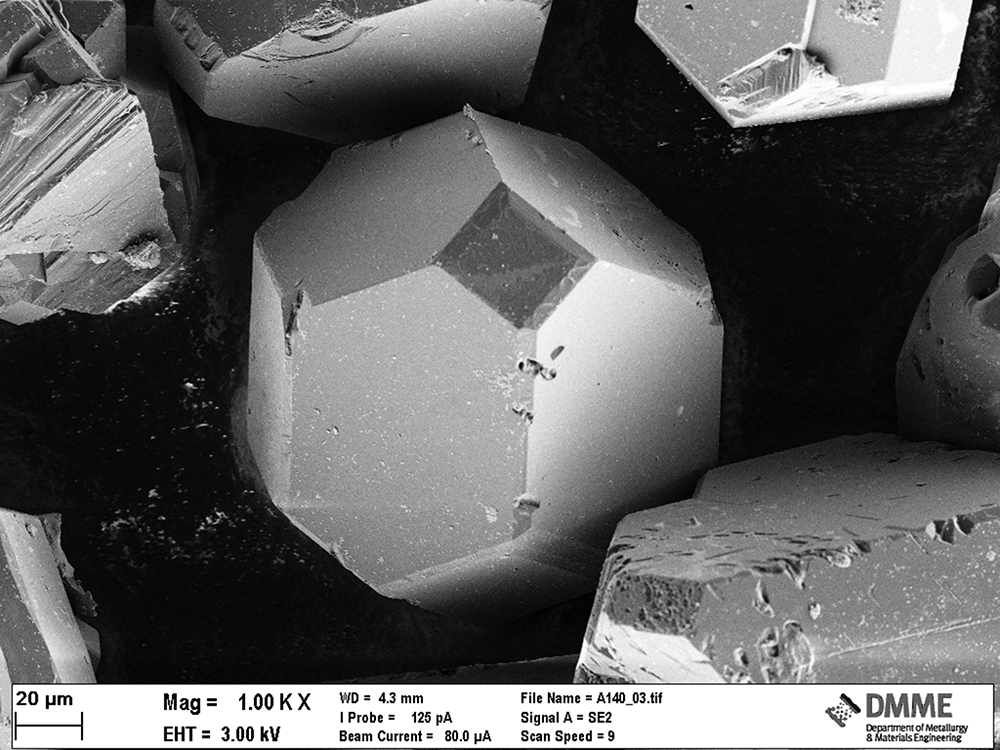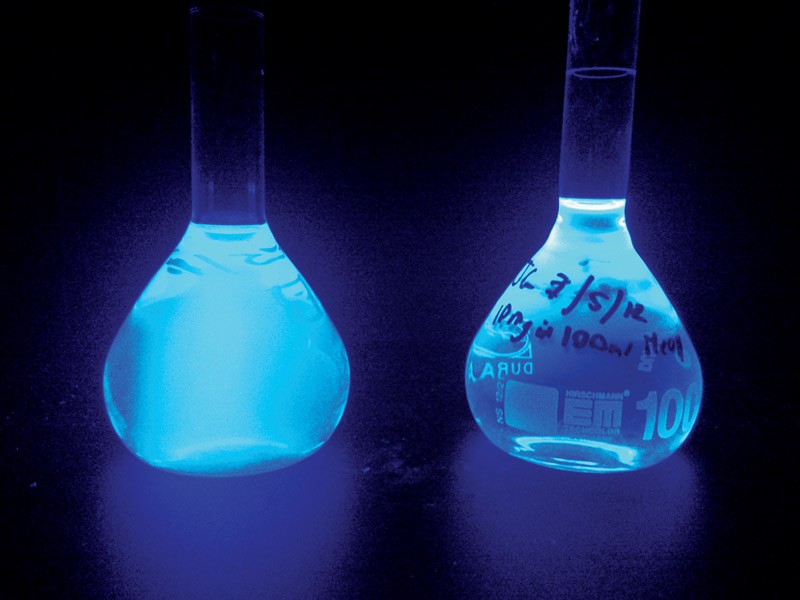Maltish or Engtese
Stick to one language! Was the old maxim. Otherwise, you’ll risk confusing your kids and they will never learn to speak properly. Research by Prof. Helen Grech and her team shows that this is not true: bilinguals usually do better. Teaching your child two languages at a go might delay them initially but helps them in the long run. Words by Dr Edward Duca.
Shattering women’s glass ceiling
The role of women in academia has always greatly interested me. Several years ago, when I was asked to become Gender Issues Committee chairperson at the University of Malta, I readily accepted. Apart from other tasks, the committee has just compiled a booklet about the profiles of senior female academics. Our objectives are twofold: one is to incentivise junior staff to aim higher and move forward in their career; the other, to help sensitise male colleagues to better appreciate the hurdles women face when pursuing an academic career together with raising a family.Continue reading
Playing with Solid State Benzene
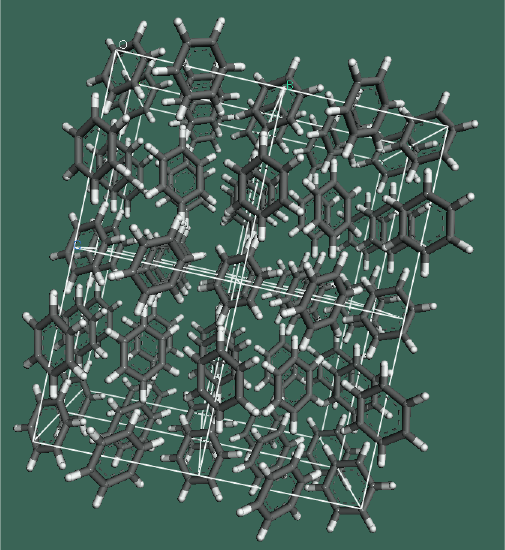
Computational chemistry is a powerful interdisciplinary field where traditional chemistry experiments are replaced by computer simulations. They make use of the underlying physics to calculate chemical or material properties. The field is evolving as fast as the increase in computational power. The great shift towards computational experiments in the field is not surprising since they may reduce research costs by up to 90% — a welcome statistic during this financial crisis.
Keith M. Azzopardi (supervised by Dr Daphne Attard) used two distinct computational techniques to uncover the structure of a carcinogenic chemical called solid state benzene. He also looked into its mechanical properties, especially its auxetic capability, materials that become thicker when stretched. By studying benzene, Azzopardi is testing the approach to see if it can work. Many natural products incorporate the benzene ring, even though they are not toxic.
The crystalline structures of solid state benzene were reproduced using computer modelling. The first technique used the ab initio method, that uses the actual physical equations of each atom involved. This approach is intense for both the computer and the researcher. It showed that four of the seven phases of benzene could be auxetic.
The second less intensive technique is known as molecular mechanics. To simplify matters it assumes that atoms are made of balls and the bonds in between sticks. It makes the process much faster but may be unreliable on its own due to some major assumptions. For modelling benzene, molecular mechanics was insufficient.
Taken together, the results show that molecular mechanics could be a useful, quick starting point, which needs further improvement through the ab intio method.
This research was performed as part of a Masters of Science in Metamaterials at the Faculty of Science. It is partially funded by the Strategic Educational Pathways Scholarship (Malta). This Scholarship is part-financed by the European Union – European Social Fund (ESF) under Operational Programme II –Cohesion Policy 2007-2013, “Empowering People for More Jobs and a Better Quality Of Life”. It was carried out using computational facilities (ALBERT, the University’s supercomputer) procured through the European Regional Development Fund, Project ERDF-080 ‘A Supercomputing Laboratory for the University of Malta’.
Cockneys vs Zombies — Film Review

At a site in East London, two construction workers inadvertently unearth the tomb belonging to the late King Charles II. Upon entering the crypt, they are assaulted, bitten and unkilled by former plague victims. Meanwhile, brothers Terry (Rasmus Hardiker) and Andy (Harry Tread- away), with their cousin Katy (Mi- chelle Ryan), are planning a bank heist. The trio concoct this heinousness with a noble intent: saving their grandad’s (Alan Ford) retirement home from be- ing demolished by heartless property developers. But of course, everything goes pear-shaped when the entire neighbourhood is invaded by hordes of the undead.
Cockneys and zombies: that’s what the title promises and that’s exactly what it delivers. Given the self-conscious- ly schlocky title, you would expect a crudely-made, amateurish production,
the likes of which litter the internet. The truth is, thankfully, very different. Cockneys has quite a high production value. It’s not World War Z but footage of London enfolded in chaos and may- hem is rendered in good quality CG, as are the close-up shots of carnage.
Still, one problem with comedy zombie flicks is that they will forever be in the shadow of Edgar Wright’s masterful Shaun of the Dead (2004). Shaun was a perfect storm of comedy, horror, excellent production, inspired casting, and fortuitous timing. Just as everybody was trying to get his/her head around the seemingly dubious merits and immense popularity of tor- ture porn horror films (Saw and The Passion of the Christ were both released in 2004), in waltzed Messrs. Wright, (Simon) Pegg and (Nick) Frost who made everybody’s sides split with laughter.
Luckily, even though Cockneys vs Zombies is nowhere near as brilliant as Shaun, it still can hold its head high. Director Matthias Hoene and writers James Moran (Severance, 2005) and Lucas Roche touch upon, but don’t expand much, on the zombie-as-meta- phor angle. They just want to play it for laughs and get more hits than misses. The scene in which poor old Hamish (Richard Briers) is being chased by the notoriously slow-moving zombies is pure gold and West Ham United sup- porters can put their mind at rest that, even after death, the feud with Millwall still rages on. In an inspired scene, we are at last shown that even infants are not immune to a zombie infestation.
Cockneys is no (early) George A. Romero and does not aspire to be. It just wants you to relax, pop some corn, sip on soda, and enjoy a zombie-tour around the streets of East London.
Xemxija and Earthquakes
On February 22, 2011, a magnitude 6.3 earthquake struck the city of Christchurch, New Zealand, killing 181 people and causing widespread destruction. Curiously, this damage was not evenly distributed, even for areas right next to each other. This phenomenon is called the site effect and depends on the underlying geology.
Malta, unlike New Zealand, is not typically associated with earthquakes. The islands lack a seismic building code and many structures could be damaged with moderate shaking. Malta’s past records list several earthquakes that have damaged buildings and even caused some to collapse. Apart from not being reinforced, buildings have been built on less stable ground, which increases risk.
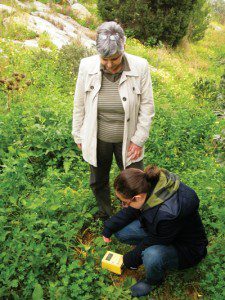
Sharon Pace (supervised by Dr Pauline Galea) investigated this effect in one test area — Xemxija, in the north of Malta. She studied how sites in Xemxija would respond to the energy from an earthquake by using a portable seismograph to record ambient noise (caused by sea waves, vehicular traffic, and other anthropogenic sources) at over 100 points across the village (pictured). The ground’s surface can be considered a vibrating platform, which can be shaken both by ambient noise as well as stronger waves from earthquakes. The ground may “resonate” at particular frequencies, or not at all, depending on the kind of rock or soil layers making up the top 30 to 50 metres. Analysis of ambient noise shows if such resonance phenomena exist, how they are related to the local geology, and how this would translate into actual earthquake shaking.
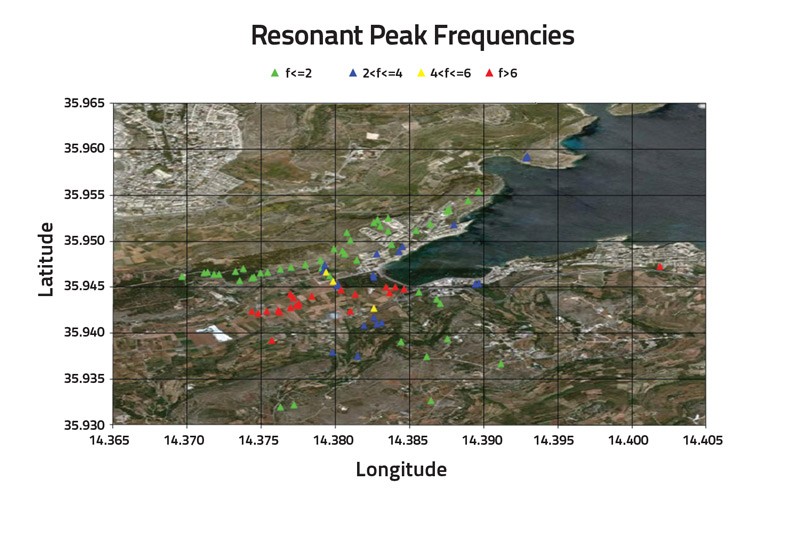
At Xemxija, the study confirmed that the presence of clay (whether at the surface or buried) does amplify the grounds motion at certain frequencies. The results match previous studies in other areas, but this research went further by constructing geological models that can determine the ground’s underlying structure .
Taken together, the survey shows areas in Xemxija that might need extra support to survive future earthquakes and prevent deaths. Xemxija is not the only area with soft clay geology, the urbanised area of Mellieħa and historic citadel Mdina are built on top of similar structures. Considering the importance of these areas means that more studies are needed to better understand the structure of Maltese buildings and how they would respond to earthquakes.
This research was performed as part of a Masters of Science in Physics at the Faculty of Science. It was partially funded by the Strategic Educational Pathways Scholarship (Malta). This scholarship is part-financed by the European Union — European Social Fund (ESF) under Operational Programme II — Cohesion Policy 2007 – 2013, “Empowering People for More Jobs and a Better Quality of Life”.
Scientific beauty of diamonds
Laptops and mobiles are smaller, thinner, and more powerful than ever. The drawback is heat, since computing power comes hand in hand with temperature. Macs have been known to melt down, catch fire and fry eggs — PCs can be even more entertaining. David Grech (supervised by Prof. Emmanuel Sinagra and Dr Ing. Stephen Abela) has now produced diamond–metal matrix composites that can remove waste heat efficiently.
Diamonds are not only beautiful but have some remarkable properties. They are very hard, can withstand extreme conditions, and even transfer heat energy faster than any metals. This ability makes diamonds ideal as heat sinks and spreaders.
The gems are inflexible making them difficult to mould into the complex shapes demanded by the microelectronics industry. By linking diamonds with other materials, new architectures can be constructed. Grech squashed synthetic diamond and silver powders together at the metal’s melting point. The resulting composite material expanded very slowly when heated. The material could dissipate heat effectively, and was cheaper and simpler to produce than current methods — a step closer to use on microchips.
Grech’s current research is focused on obtaining novel types of interfaces between the diamond powders and the metal matrix. The new materials can improve the performance of heat sinks. New production techniques could help make these materials. By depositing a very thin layer of nickel (200 nanometres thick) on diamond powders using a chemical reaction, the gems would form chemical bonds with the layer while the metal matrix would form metallic bonds. The material would transfer heat quickly and expand very slowly on heating. A heat sink made out of this material would give us a cooler microprocessor and powerful electronics that does not spontaneously catch fire — good news for tech lovers.
This research was performed as part of a Bachelor of Science (Hons) at the Faculty of Science. It is funded by the Malta Council for Science and Technology through the National Research and Innovation Programme (R&I 2010-25 Project DIACOM) and IMA Engineering Services Ltd.
Future-Safe Malta
Words by Prof. Saviour Formosa
“Extreme weather leaves Mediterranean countries picking up the pieces. Egypt and Lebanon were the hardest hit with over 1.2 million people displaced overnight. Malta didn’t fare much better. The authorities have reported over 2,300 dead or missing, thousand injured and 74,000 persons displaced. Power cuts have been reported all over the island after Turbine Two tripped at the Delimara Power Station. Enemalta have not replied. The islands have taken a major blow to their infrastructure. Debris has been reported 1 km away from the coasts. The AFM and emergency responses were immediately dispatched and are starting to clear arterial roads. Insurance companies are still counting the costs. Valletta, Floriana and parts of Isla were protected from the storm surge by centuries-old Knight’s fortifications. The following localities have been affected: Birgu, Bormia, Kalkara, Marsa, Gzira, Msida, Pietà, San Giljan, Sliema, Ta’Xbiex, Xghajra, Birzebbuga, Marsascala, Marsaxlokk, Xlendi and Marsalforn. “
The above cutout could become reality if a Category 3 storm lashes Malta with 178 to 208 km per hour winds. The chances are minimal but too probable to ignore, since in 1995 a similar storm formed close to the Maltese Islands followed by others in 1996, 2006, and 2011. Below are two scenarios that compare Malta as it currently stands against an island with a solid disaster management plan.
[ SCENARIO 1 – AN UNPREPARED ISLAND]
The emergency forces have been inundated with calls for help and have few plans to operate a workable rescue effort. Key personnel were lost at home or while rushing to the scene, since the infrastructure has been knocked out, paralysing the island. Power surges or power cuts have caused fires all over the Islands creating an apocalyptic scenario. With the storm still raging, the lack of a back-end ICT network has rendered communication near impossible.
[ SCENARIO 2 – THE IDEAL SCENARIO]
A fleet of small aerial drones is monitoring the disaster. The authorities are using them to identify the hardest hit areas and map out corridors that allow access on the ground. Emergency vehicles are being deployed safely. Services will be redeployed after safety assessments and clearing of the main infrastructure. Paramedics, NGO rescue teams, and armed forces help move people to safer grounds and carry out rescue operations. Community buildings on higher ground are converted into temporary shelters. In turn, decision-makers are kept informed using an Emergency Room for effective relief.Continue reading
Labs in solution
Imagine the smallest thing you possibly can. The eye of a needle? A human hair? A particle of dust? Think smaller, something you cannot even see, something on a molecular scale. Now imagine that molecule has the potential of a whole laboratory. This dream is now becoming a reality.
In recent years, the field of molecular sensors has grown into one of the most ground-breaking areas in Chemistry. Molecular sensors are compounds that can detect a substance, or unique mixture of substances, and provide an easily detectable output. Usually this is a change in the absorption of ultraviolet or visible light, or in the emission of Fluorescence. In other words: colours!
John Gabarretta (supervised by Dr David Magri) created a simple example of these fluorescent molecular sensors. The molecule was based on the Fluorophore-Spacer-Receptor model, where the ‘output’ part of the molecule (the fluorophore — a structure which shines light) is separated from the ‘input’ part (the receptor — a structure which is sensitive to a particular substance, such as acidity or a metal ion) by an intermediate spacer, whose main function is to link these two components together. The model means that a molecule can detect a chemical and respond by shining light or not. The process gives information about the chemicals in a solution.

The molecule was made by a two-step synthetic route (which took several attempts and resulted in several different colours), and its behaviour was tested by dipping into an acid. In water the molecule was switched ‘off’, but quickly turned ‘on’ in an acidic solution by giving a bright blue light when exposed to ultraviolet light (UV) — a pretty satisfying sight!
Molecular sensors have some very advanced applications — the pioneer A. P. de Silva said that there is room for a “small space odyssey with luminescent molecules”. This odyssey includes some that detect substances such as sugars.
While very advanced systems are approaching chemical computers, since they have multiple inputs and use Boolean Logic, the so-called ‘Moleculator’ or ‘gaming tic-tac-toe’ systems. The future is bright (if you pardon the pun) and with more complex structures more possibilities will appear; the molecular laboratory may become a reality detecting diseases or toxins in no time at all.
This research was performed as part of a Bachelor of Science (Honours) at the Faculty of Science.
Insects in Malta
Insects are vital. Insects also cover the planet, with local research showing that there might be over 6,000 species — a wonderful world awaits. Find out about the incredible world of insects in Malta!
Continue reading
